A 19th Century Vinton farmer whose name is not in any history books and whose tombstone does not exist received unique a tribute this week from a professor from his home town in Germany.
While researching for a book on the history of his hometown of Vorden, Germany, Professor Wilhelm Hagemann found a letter from Vinton.
Written in flawless German, Joseph Hensing, who at that time was a farmer in Taylor Township southeast of Vinton, announced his intention to provide a donation to build a home for the poor in Vorden. He wrote that letter on March 17, 1892.
That donation of $2,000 – nearly $100,000 today – helped build a large house for the poor in Vorden in 1899. That house – now owned and occupied by a single family – still stands; a photograph of that house is included in the history book that Professor Hagemann wrote in 2008.
Hagemann discovered the letter from Hensing – which he had written to a friend in Germany – in the archives of the Catholic parish in Vorden. Apparently that friend had been having some difficulties, and had inquired about coming to the U.S., said Hagemann. Hensing responded by offering the money to build a home to help those in need.
Hagemann came to Vinton, in part, to say thanks.
“I would like to put this letter on the grave of Joseph Hensing together with some flowers,” wrote Hagemann to Vinton Today as he planned his trip.
But as we helped Professor Hagemann research the life and history – and the burial site – of Joseph Hensing, we soon learned that there is no recorded tombstone for Joseph Hensing. There are tombstone for his widow and several children (including a son also named Joseph), but none for the elder Joseph Hensing.
Yet, with the help of Martha Long, the Vinton volunteer known for her knowledge of area genealogy, and Pauline Schminke, whose aunt married into the Hensing family, Hagemann learned much about the Vinton life of Joseph Hensing.
Many people emigrated to the U.S. from Vorden, said Hagemann. Most records in Germany solely indicate the country where those who left Vorden went; not which state or city.
“It was nice to see the town where someone from Vorden went,” said Professor Hagemann.
Schminke showed Professor Hagemann the Hensing family farm; the house where Joseph is believed to have lived is still standing on 61st Street southeast of Vinton.
Hagemann and his wife also visited the Hensing family burial pot at Evergreen Cemetery, where they left flowers and a blue banner that reads "Greetings from your hometown -Vorden" in German.
Futile effort to help the poor
The house that Hensing provided funding to build was completed in 1899, but never served as a house for the poor.
Hagemann said his study of the history of his village of 1,400 people indicates that the church could not find enough nuns to operate the house. Church leaders sold the house in 1900 and put the money into a foundation bearing the name of Joseph Hensing. But the unrest in Europe, World War I and the resulting inflation virtually wiped out the money in the trust. The house that Joseph Hensing hoped would help the poor never served that purpose, said Hagemann.
Missing pieces
From the obituaries that he found online, Hagemann learned many details about Joseph Hensing. He came to America in 1852 and lived in Freeport, Ill., for many years. His wife, Elizabeth Jaeger, also moved to America from Germany, with her family. She arrived in 1854; the couple was married in 1857. They lived in Freeport until moving to Vinton in 1872. They retired to Freeport in 1894, just a few weeks before Mrs. Hensing’s death. Three Hensing sons remained on the farm after Joseph’s death in 1899.
Hagemann said he does not know if Joseph Hensing knew before his death that his substantial gift resulted in that house being built. There are many other things that remain a mystery: How and why did Hensing end up in Vinton? How did he make his fortune? Could an Iowa farmer with nine children earn enough in 20 years to save the 1890s equivalent of $100,000? Was he, indeed buried at Evergreen Cemetery? If not, where and why not?
Hagemann, however, does not mind the unanswered questions. He says it’s enough that he was able to see where Joseph Hensing lived, and to meet a descendant of his extended family.
Hagemann and his wife, Rita, came to Vinton with Rita’s cousin, Kathy Marks. Kathy is married to Jim Marks; they live in Milwaukee. Rita and Kathy are distant cousins who had never met until they were united in the 1980s after a genealogy search.
Professor Hagemann has written 13 books, the most recent of which is a pictorial history of Vorden that is being printed now. His first 12 books were about education; he retired in 2004 as an education professor.
The Hagemanns and Marks also spent some time with Martha Long, who provided more obituary information for members of the Hensing family.
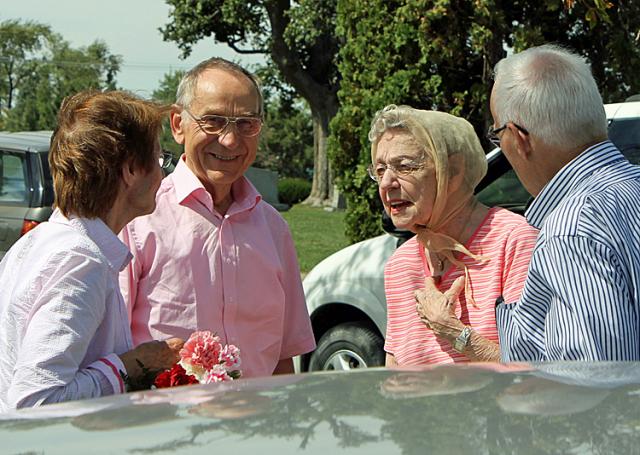
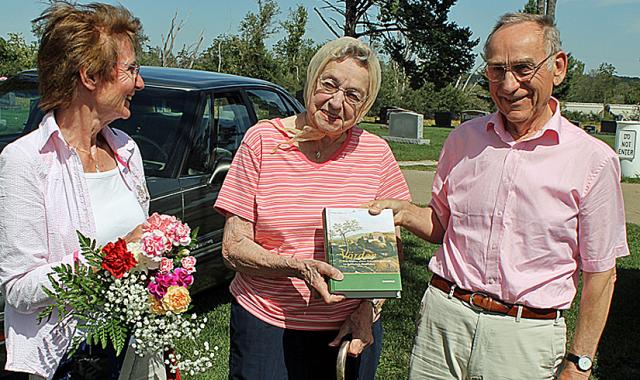

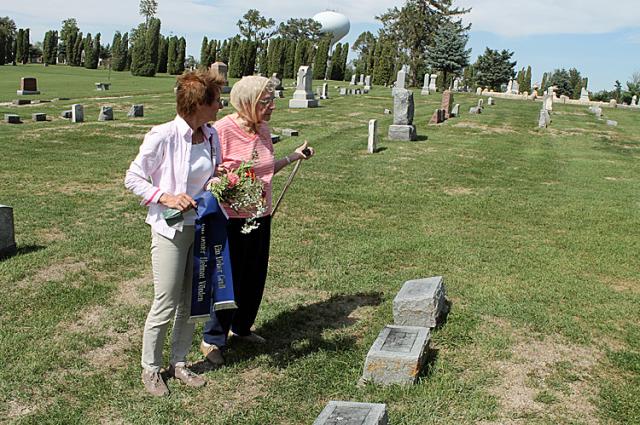
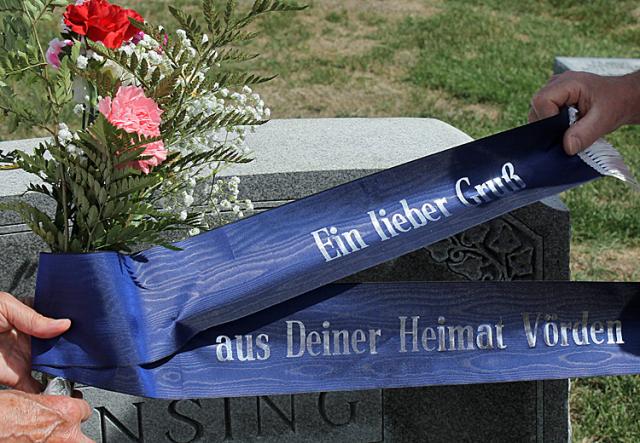
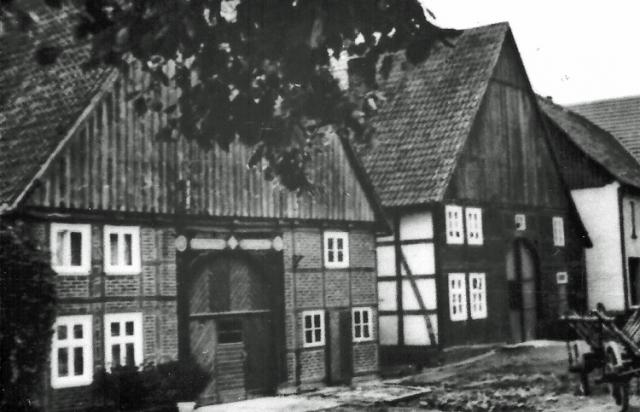
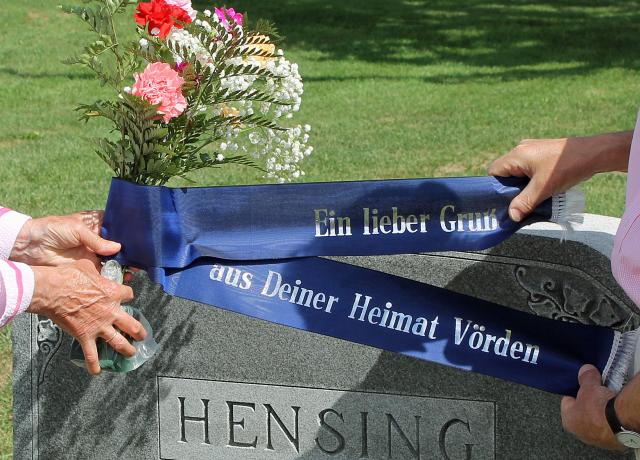
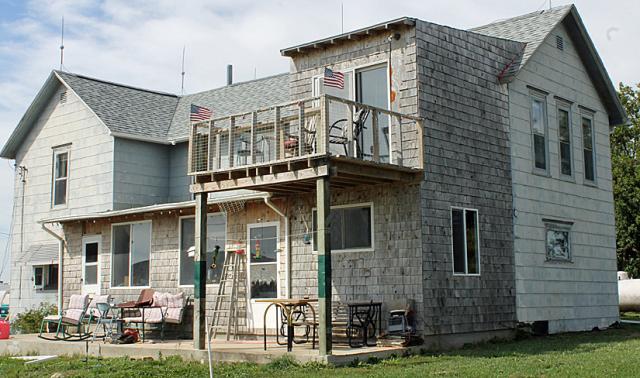
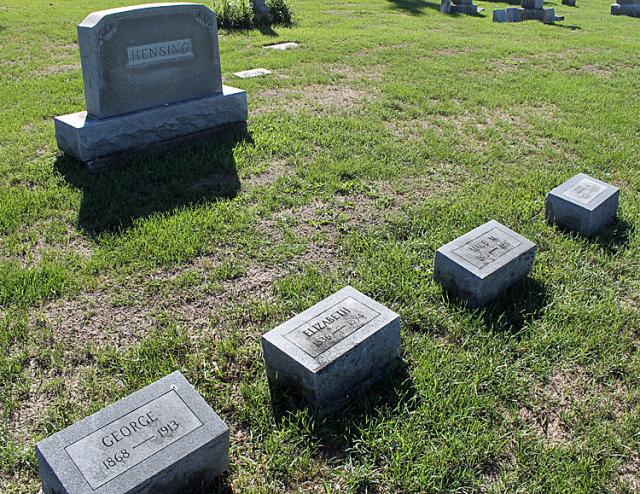
Comments
Submit a CommentPlease refresh the page to leave Comment.
Still seeing this message? Press Ctrl + F5 to do a "Hard Refresh".